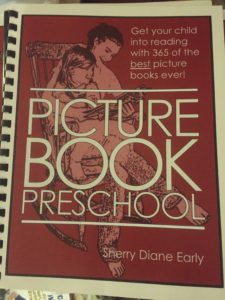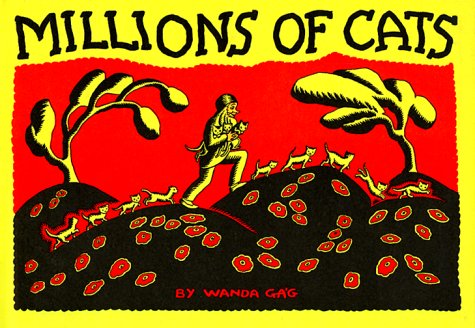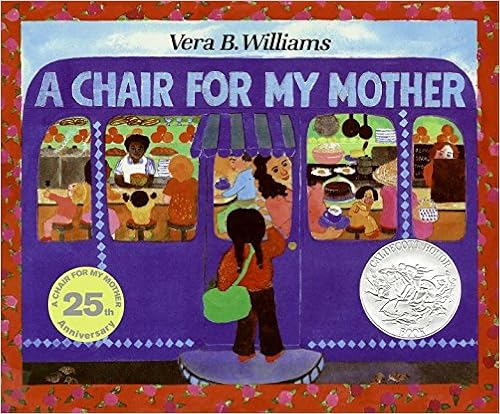This ridiculous rhyming story by Polly Cameron is a lark. Originally published in 1961, it’s the story of how the ant tries to help Miss Teapot who has fallen off the counter. The ant calls on everyone to help–all the kitchen foods and implements, and each one answers with a rhyme and and some helpful advice. With teamwork, they manage to rescue Miss Teapot, and “can’t” turns to “can”.
I Can’t Said the Ant is, alas, no longer in print. However, it’s fairly easy to find a copy of this book in a paperback edition. I’m not sure a hardcover edition was ever published, despite the fact that one hardcover copy is available on Amazon for an exorbitant price. Just get the paperback and enjoy the rhyming game that begins in your home when you read it.

The book is subtitled “A Second Book of Nonsense.” That subtitle made me wonder, of course, about the first book of nonsense by this author, and I found it with a little search online: A Child’s Book of Nonsense: 3 copycats, 3 batty birds, 3 crazy camels, a quail, and a snail by Polly Cameron, published in 1960. I’m not about to pay over $50 for a copy of the first book, which I’ve never seen, but I did find a couple of other books by Ms. Cameron on vimeo that I might check out:
The Cat Who Thought He Was a Tiger
"Thank you," said Miss Teapot, "You've been good to me. Polly, put the kettle on. We'll all have tea."
I Can’t Said the Ant is one of the books listed in my Picture Book Preschool book. Picture Book Preschool is a preschool/kindergarten curriculum which consists of a list of picture books to read aloud for each week of the year as well as a character trait to introduce, a memory verse, and activities, all tied to the theme for the week. You can purchase a downloadable version (pdf file) of Picture Book Preschool by Sherry Early at Biblioguides.







